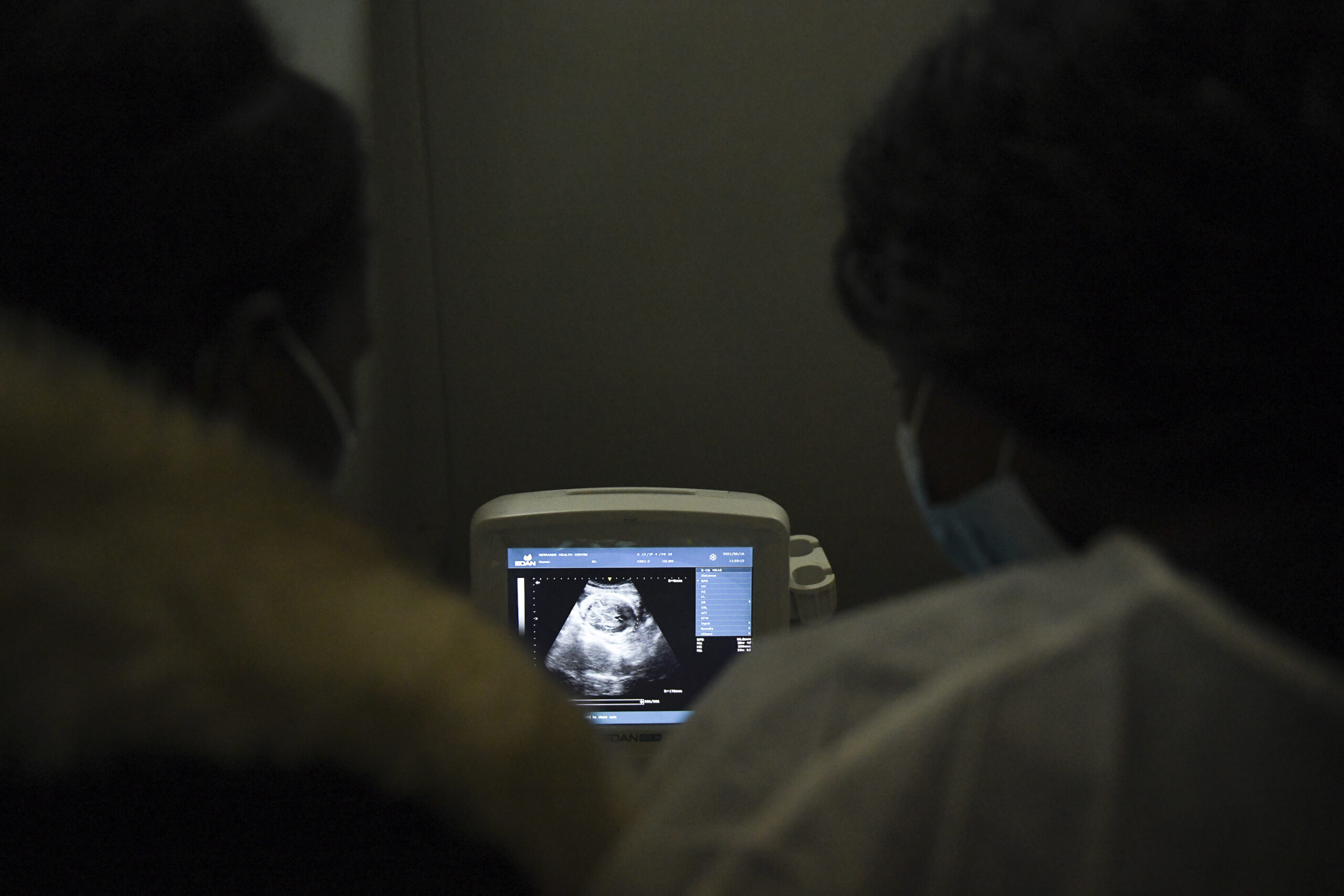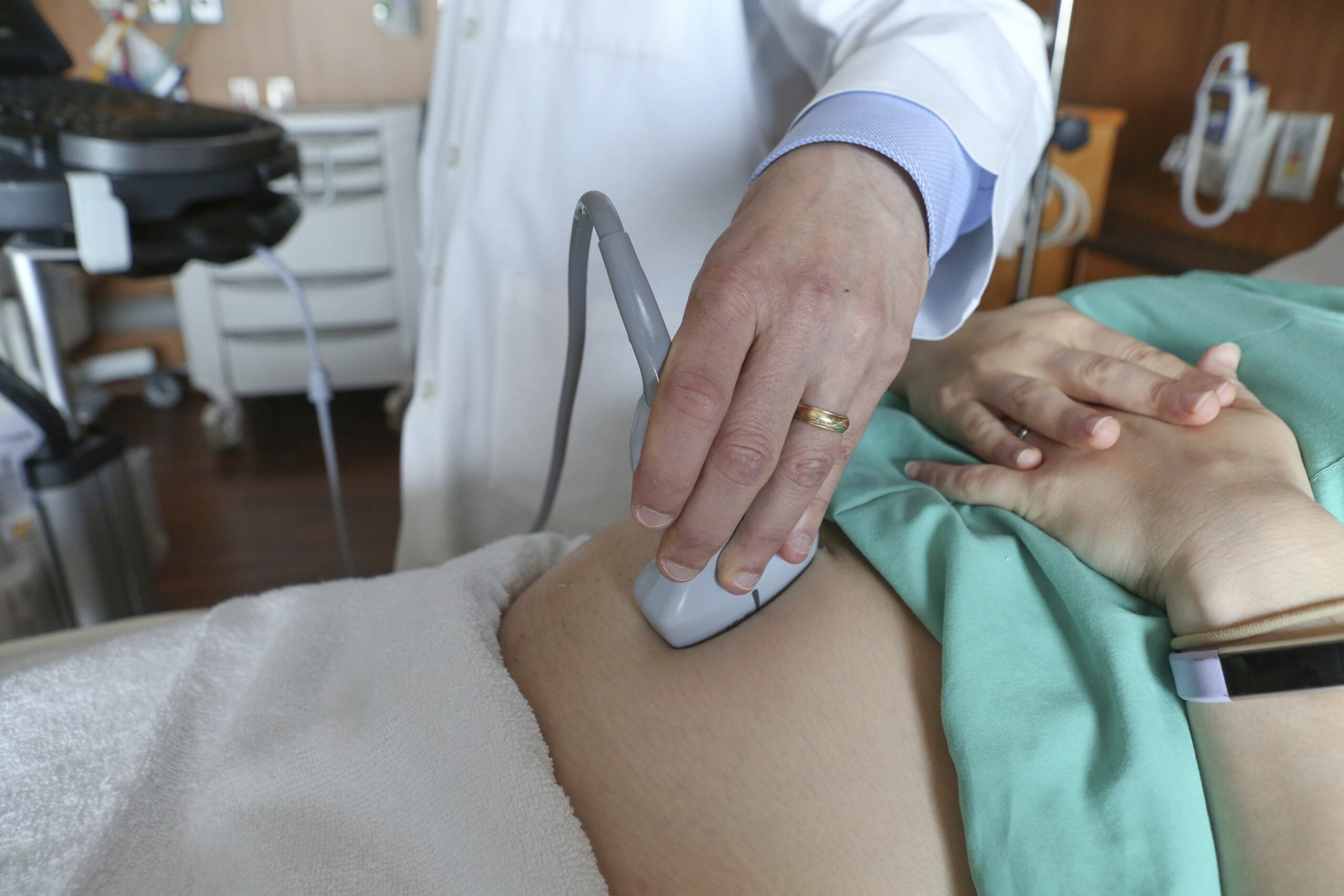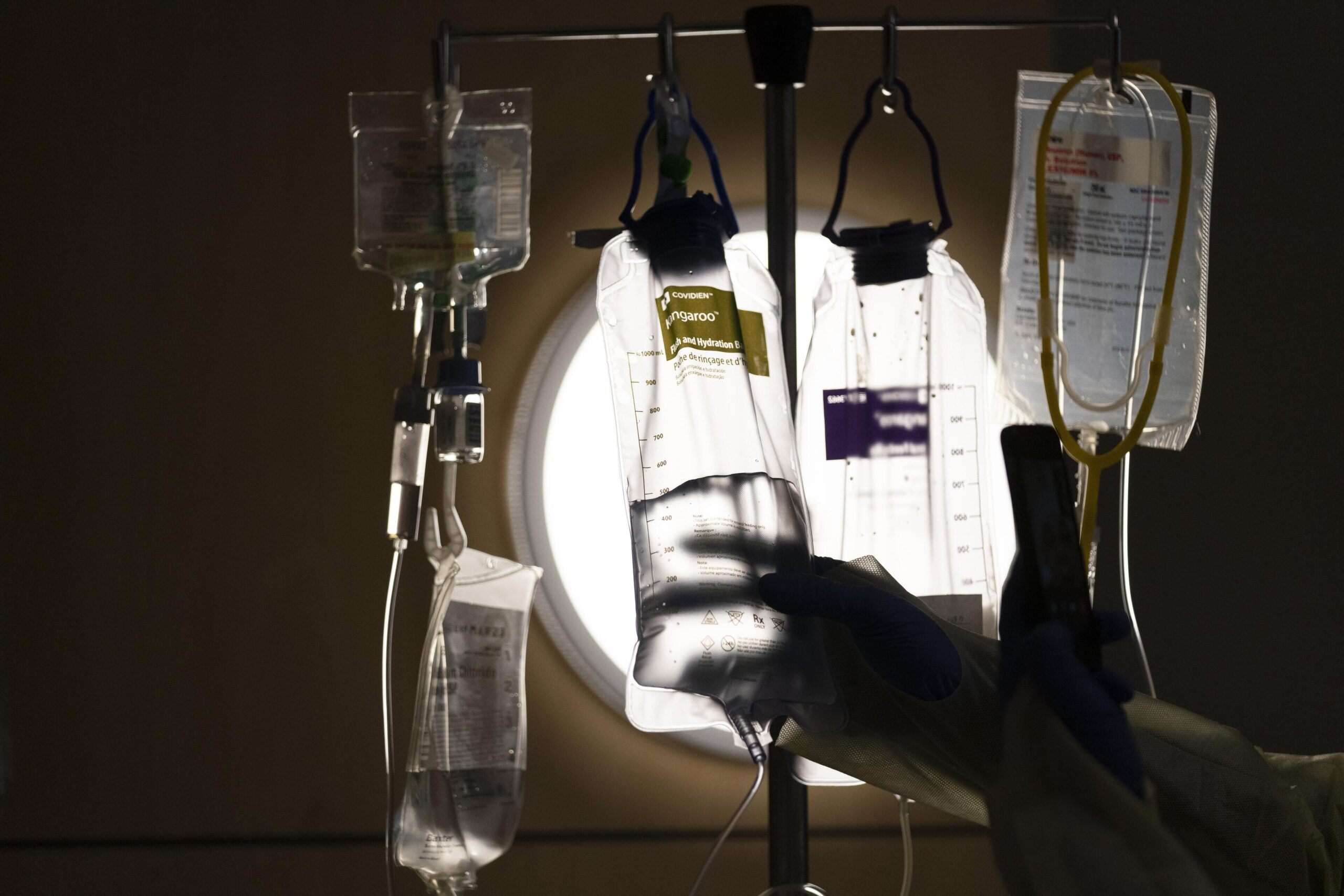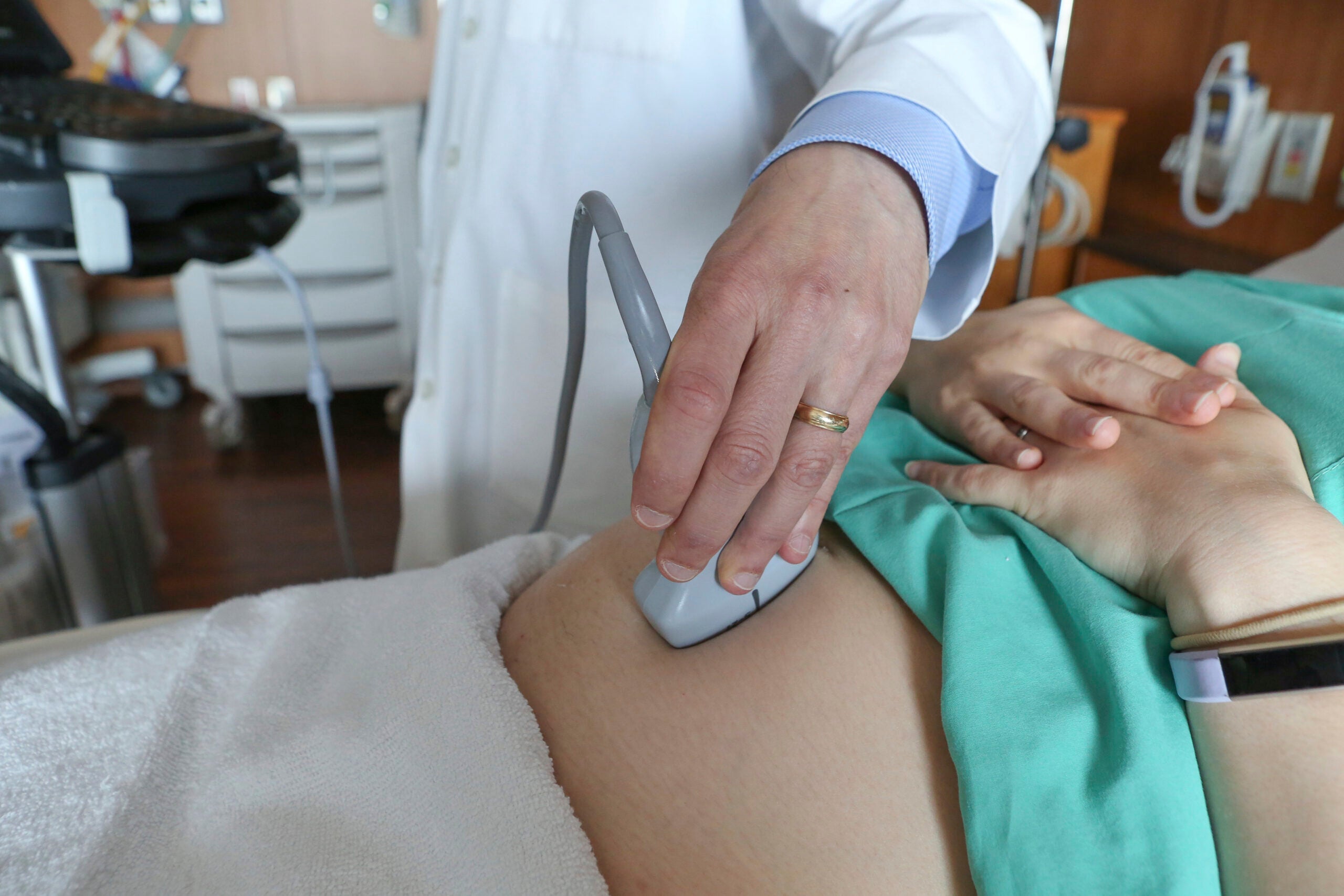A team of doctors, nurses, scientists, public health officials and others established by Wisconsin’s state health department to review the deaths of pregnant people is gradually affirming a nationwide pattern in the state: These deaths are almost always preventable.
This year, the state’s Maternal Mortality Review Team studied 55 deaths that happened in 2021 and found more than 90 percent were preventable. That ratio is slightly higher than one national study, which found 80 percent of pregnancy-related deaths from 2017 to 2019 were preventable.
Ann Ledbetter is a member of Wisconsin’s review team and a certified nurse-midwife at Sixteenth Street Community Health Centers in Milwaukee. She recently joined WPR’s “The Morning Show” to discuss efforts to reduce how often people die during or after pregnancy.
News with a little more humanity
WPR’s “Wisconsin Today” newsletter keeps you connected to the state you love without feeling overwhelmed. No paywall. No agenda. No corporate filter.
Many deaths in Wisconsin are happening after a child is born when people stop receiving as much consistent care, Ledbetter said.
“They’re often due to mental health and addiction issues more so than health (or) other physical ailments,” she said. “At the end of the day, we have a mismatch between the services that are available and the services that pregnant people and postpartum people most need.”
Sometimes people experience an unclear transition after birth from an obstetrician to a primary care provider, or lose insurance after having a baby, she said.
“We could do better with things like home visits for postpartum moms,” Ledbetter said. “There (are) other interventions that might be … less costly than staying in a hospital, because hospital stays are expensive. There (are) ways to leverage other community resources to make sure that (postpartum people) get both the physical and emotional support that they need.”
Ledbetter hopes the recommendations of Wisconsin’s review team help reduce racial disparities in pregnancy-related deaths. While Black people represent about 10 percent of the state’s births annually, they represent about 21 percent of pregnancy-related deaths each year, Ledbetter said.
“It’s always a difficult and provocative discussion,” Ledbetter said. “In the end, we hope that the recommendations we come up with can make a difference in our state.”
When the Centers for Disease Control and Prevention studied pregnancy-related deaths from 2017 to 2019, the agency found about a quarter of deaths happened during pregnancy. Another quarter happened during or days after delivery. More than half of deaths happened between one week and one year after delivery.
To classify whether a death was preventable, the Wisconsin team questions whether the person would still be alive had they never been pregnant. The review team typically finds that deaths had “some chance” of being prevented rather than a high or low chance.
The team meets six times per year and reviews eight to 10 cases per meeting, Ledbetter said. In recent years, the team added more meetings to address cases quicker.
READ MORE: A template form used by Wisconsin’s Maternal Mortality Review Team for studying cases

Deficient care for mental health care and substance abuse
After studying pregnancy-related deaths, Wisconsin’s review team issues recommendations for facilities, providers, health systems and communities. But more action on that advice is needed to reduce deaths, Ledbetter said.
Overdosing, suicide and other mental health-related conditions are among the most common causes of death, Ledbetter said. With that in mind, she said Wisconsin is lacking adequate access to mental health care and substance abuse treatment programs.
“It’s clear that there’s a lot of isolation among pregnant and postpartum people,” she said.
Some people with chronic diseases become pregnant without fully understanding the intensity of care needed, Ledbetter said. More public education is often a team recommendation to reduce deaths. More people need to know the warning signs of heart disease, pulmonary embolisms and other possible emergencies.
FOR HELP: A state list of mental health crisis services
Ledbetter: Laws limiting care by nurse-midwives
The members of Wisconsin’s review team aim to represent the state’s population in different ways. The group includes people of color and representatives from urban and rural communities. Some members work with First Nations in the state.
Ledbetter brings perspective to the team as a certified nurse-midwife. She said nurse-midwives could be providing more care in rural communities where doctors are in shorter supply. But state laws prevent nurse-midwives from providing care unless a physician supervises them, she said.
“One thing I would encourage the state to do is change laws that hamstring the efforts of midwives, because I think certified nurse-midwives can also play a huge role in plugging some of the holes in maternity care deserts,” she said.
The state is experiencing a bottleneck of midwifery students seeking clinical hours to gain full certification, Ledbetter said. Some students also struggle to find practices that hire midwives.
Wisconsin Public Radio, © Copyright 2025, Board of Regents of the University of Wisconsin System and Wisconsin Educational Communications Board.







